Knowledge is everywhere you look. Every employee has something valuable to contribute to the organization. Whether it be a new business idea, a new process for fixing a broken one, or valuable advice on how to work with a particular client, this knowledge should be captured and analyzed.
The Need for a Knowledge Management Repository
According to the ATD 2017 State of the Industry report, sponsored by LinkedIn Learning and Study.com, organizations spent $1,273 per employee in 2016 on direct learning, compared with $1,252 in 2015. The average number of formal learning hours used per employee also grew: 34.1 hours in 2016, up...
A few years ago there was a project to move thousands of hours of instructor-led training to online “eLearning” in a very short period of time. There was a huge business driver behind this. The company was facing a potential strike in six to nine months and they were preparing a contingency plan in...
"It takes too long.” This is the single most common complaint from stakeholders with regards to centralized learning organizations who create training content for different business functions. The traditional method of pairing a centralized team of instructional designers with distributed Subject...
If you really want to streamline the training development and instructional design process, a good place to start is with the initial training request.
Many corporate training and development departments find it difficult to meet the increasing volume of training requests.






